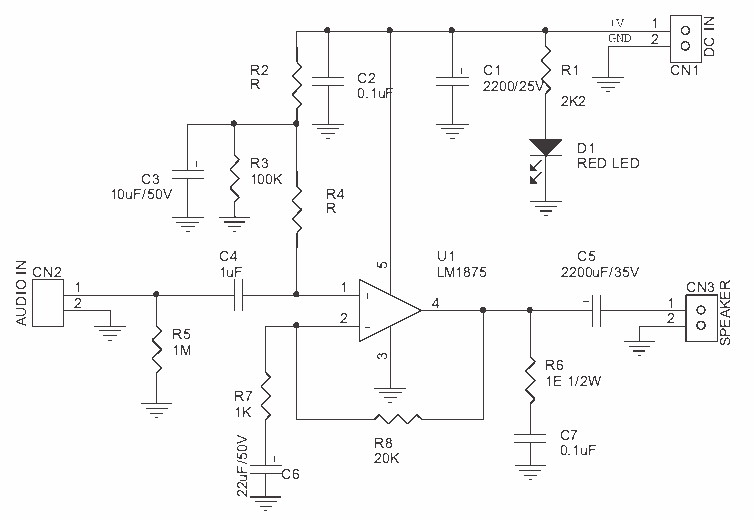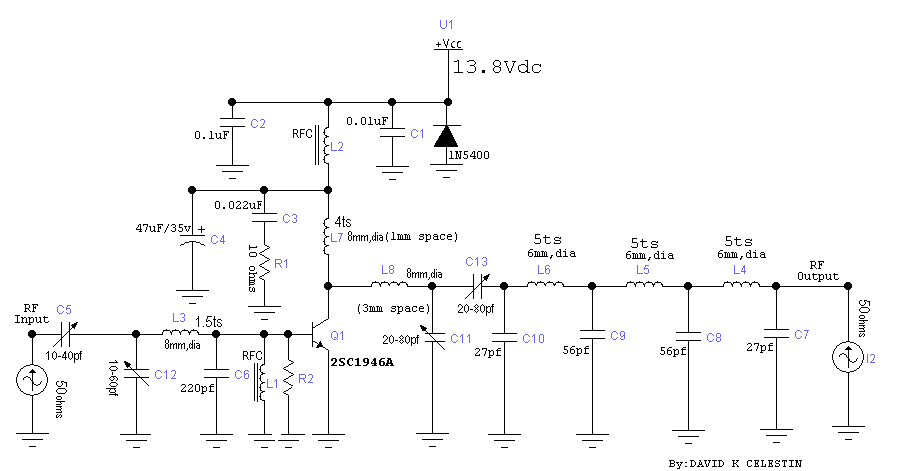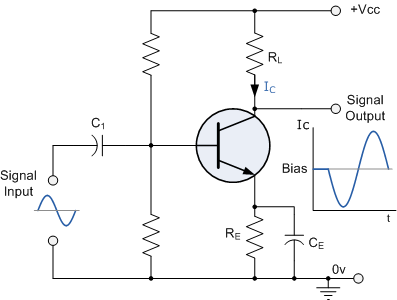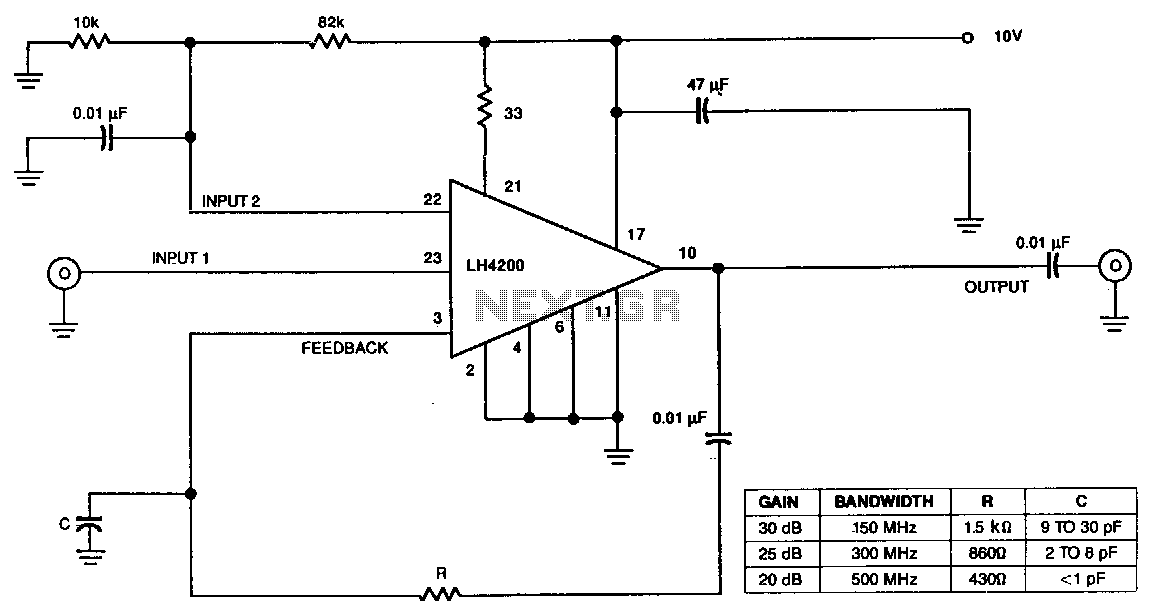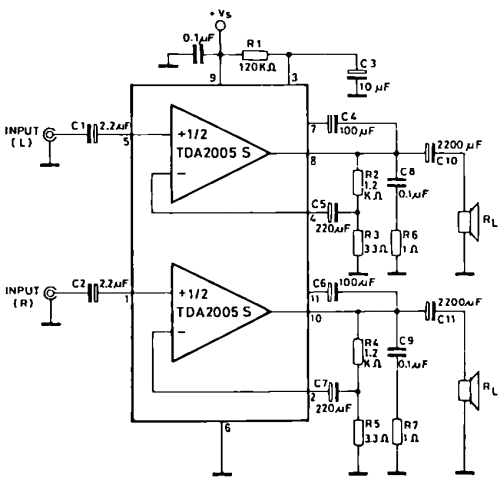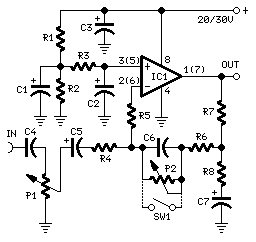
Low-Noise Microphone Amplifier (OP270E)
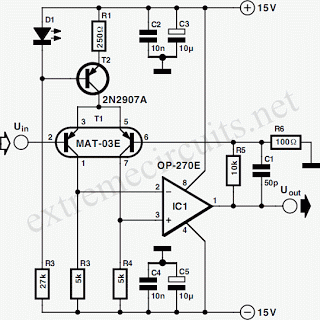
The signal from a microphone is too weak for a standard line input. This low-noise DC-coupled microphone amplifier provides a solution for anyone who wants to amplify the microphone signal effectively.
A low-noise DC-coupled microphone amplifier is designed to enhance the weak audio signals generated by microphones, making them suitable for processing by standard line-level inputs. This type of amplifier typically utilizes a combination of operational amplifiers (op-amps) configured in a non-inverting amplifier setup to achieve high gain while maintaining low noise levels.
The circuit generally includes a power supply section, which provides the necessary DC voltage to the op-amps. A common choice for the power supply voltage is ±15V, although variations may exist depending on specific design requirements. The input stage of the amplifier is often equipped with a capacitor to block any DC offset from the microphone while allowing the AC audio signal to pass through. This configuration ensures that only the audio frequencies are amplified.
Feedback resistors are employed to set the gain of the amplifier, which can be adjusted according to the application. For instance, a gain of 20 to 40 dB is typical for microphone amplifiers. Additionally, bypass capacitors may be included to filter out high-frequency noise and stabilize the power supply to the op-amps.
Output coupling is also an essential aspect, where a coupling capacitor is used to block any DC component from the output signal, ensuring that only the amplified AC audio signal is sent to the next stage of the audio processing chain. The output can be connected to various devices, such as mixers, audio interfaces, or recording equipment.
In summary, a low-noise DC-coupled microphone amplifier is crucial for ensuring that weak microphone signals are amplified effectively, allowing for better sound quality and clarity in audio applications. The design considerations, including gain adjustment, noise reduction, and proper coupling, are vital for achieving optimal performance in various audio systems.The signal from a microphone is two weak for a standard line input. This low-noise DC-coupled microphone amplifier provides a solution for anyone who want.. 🔗 External reference
A low-noise DC-coupled microphone amplifier is designed to enhance the weak audio signals generated by microphones, making them suitable for processing by standard line-level inputs. This type of amplifier typically utilizes a combination of operational amplifiers (op-amps) configured in a non-inverting amplifier setup to achieve high gain while maintaining low noise levels.
The circuit generally includes a power supply section, which provides the necessary DC voltage to the op-amps. A common choice for the power supply voltage is ±15V, although variations may exist depending on specific design requirements. The input stage of the amplifier is often equipped with a capacitor to block any DC offset from the microphone while allowing the AC audio signal to pass through. This configuration ensures that only the audio frequencies are amplified.
Feedback resistors are employed to set the gain of the amplifier, which can be adjusted according to the application. For instance, a gain of 20 to 40 dB is typical for microphone amplifiers. Additionally, bypass capacitors may be included to filter out high-frequency noise and stabilize the power supply to the op-amps.
Output coupling is also an essential aspect, where a coupling capacitor is used to block any DC component from the output signal, ensuring that only the amplified AC audio signal is sent to the next stage of the audio processing chain. The output can be connected to various devices, such as mixers, audio interfaces, or recording equipment.
In summary, a low-noise DC-coupled microphone amplifier is crucial for ensuring that weak microphone signals are amplified effectively, allowing for better sound quality and clarity in audio applications. The design considerations, including gain adjustment, noise reduction, and proper coupling, are vital for achieving optimal performance in various audio systems.The signal from a microphone is two weak for a standard line input. This low-noise DC-coupled microphone amplifier provides a solution for anyone who want.. 🔗 External reference
